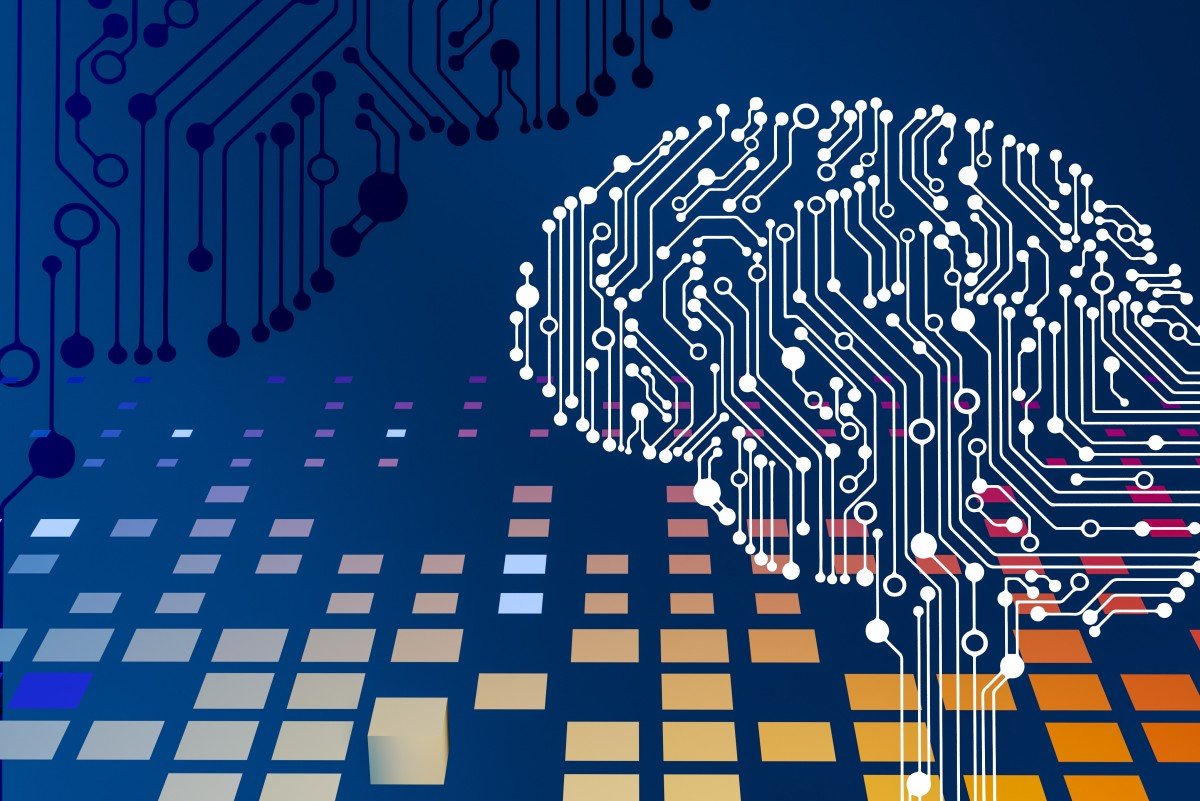In the ever-evolving landscape of Information Technology (IT), staying abreast of the latest trends is crucial for businesses and professionals alike. As we usher in a new era of technological innovation, let’s delve into some of the prominent IT trends shaping the present and future.
1. Artificial Intelligence (AI) and Machine Learning (ML)
Artificial Intelligence and Machine Learning are no longer futuristic concepts but integral components of today’s IT landscape. From predictive analytics to natural language processing, organizations are leveraging AI and ML to glean valuable insights, automate processes, and enhance decision-making capabilities.
2. Cloud Computing Evolution
Cloud computing continues to dominate, with a shift towards more sophisticated services. The rise of multi-cloud and hybrid cloud solutions provides businesses with flexibility, scalability, and improved data security. Serverless computing is also gaining momentum, allowing developers to focus solely on writing code without the hassle of managing infrastructure.
3. Edge Computing
As the Internet of Things (IoT) expands, so does the need for edge computing. This trend involves processing data closer to the source (at the edge of the network) rather than relying solely on centralized cloud servers. Edge computing reduces latency, enhances real-time processing, and is becoming integral for applications like autonomous vehicles and smart cities.
4. Cybersecurity Reinforcement
With the increasing frequency and sophistication of cyber threats, cybersecurity remains a top priority. IT professionals are adopting advanced security measures, including artificial intelligence-driven threat detection, zero-trust security models, and blockchain for secure transactions.
5. 5G Technology
The rollout of 5G technology is transforming the way we connect and communicate. The faster and more reliable connectivity offered by 5G is unlocking new possibilities, especially in fields like augmented reality (AR), virtual reality (VR), and the Internet of Things (IoT).
6. DevOps and Continuous Integration/Continuous Deployment (CI/CD)
DevOps practices are reshaping the software development lifecycle, emphasizing collaboration and automation. Continuous Integration/Continuous Deployment pipelines enable faster and more reliable software delivery, supporting the agile development process.
7. Remote Work Technology
The global shift towards remote work has accelerated the adoption of technologies that facilitate collaboration and productivity. From video conferencing tools to project management platforms, the IT landscape is evolving to support the demands of a decentralized workforce.
Conclusion
In the dynamic realm of Information Technology, adaptability is the key to success. Embracing these trends not only ensures the resilience of your IT infrastructure but positions your organization at the forefront of innovation. As we navigate through these transformative times, staying informed and embracing technological advancements will be the driving force for a successful IT strategy.



